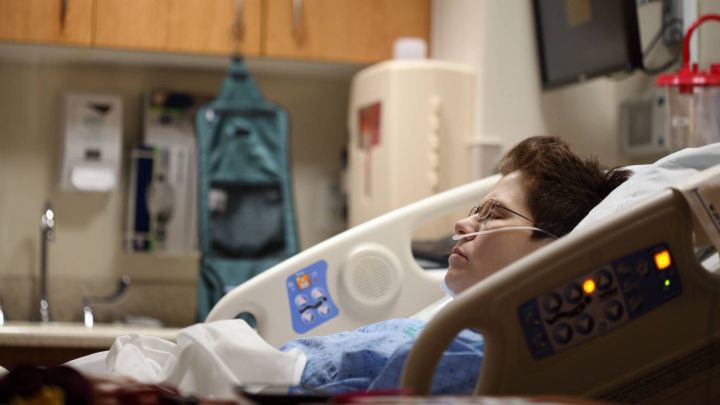Disease
Atherosclerosis Is a Natural Enemy Of The Middle-Aged And Elderly, How Can It Be Detected Early?
In the early stages of atherosclerotic disease, most patients have almost no clinical symptoms and develop in a latent state of insidiousness.

In the early stages of atherosclerosis, most patients have almost no clinical symptoms and are in a state of latent development.

Let's recognize the early symptoms of atherosclerosis, so that everyone can be aware of them.
1,Dizziness and headache
In the early stages of atherosclerosis, people may feel dizzy and have headaches, mostly in the forehead and the back of the head. Dizziness occurs when the body changes. Unsteady walking, dizziness, nystagmus, nausea and difficulty in stammering may also occur.
2, Memory loss
Early arteriosclerosis can cause a person to lose concentration, have a reduced ability to work, struggle with work and study, and have very rapid memory loss performance, encountering things in the past, but memory deficit performance is not very obvious.

3, Early sleep disorder
Early arteriosclerosis shows insomnia, difficulty in falling asleep, excessive dreaming, easy to wake up, night sweating and other manifestations. There are also significant changes in mood and behaviour. In addition, atherosclerosis can occur in different ways depending on the involvement of brain tissues, and the condition is diverse.
Delaying treatment of so-called minor ailments is a big no-no! There is no cure for regret!
1,In the early stages of the development of atherosclerosis, there are no clinical symptoms due to the mildness of the lesions, which weakens the body's precautions and hides the disease.
However, it is only when the development of atherosclerosis is very serious that the symptoms and signs of discomfort are manifested clinically, such as common symptoms as palpitations, panic, chest pain, chest tightness, headache, dizziness, cold and numb limbs, sore and lazy limbs, limping, reduced vision, memory loss, insomnia, excessive dreaming and so on.

For patients with early-stage atherosclerosis, most of them have almost no clinical symptoms and are in a state of latent development under hidden evil thoughts.
2, For patients with mid-stage atherosclerotic disease, most patients have more or less clinical symptoms such as palpitations, panic, chest pain, chest tightness, headache, dizziness, cold and numb limbs, sore limbs, claudication, reduced vision, memory loss, insomnia, excessive dreaming, etc. Different patients will have different symptoms.
At this point, many routine medical tests such as ECG, lipids, blood flow, EEG, cerebral blood volume, etc. are done and nothing pathological problems can be detected. Most clinicians leave the patient unconcerned and without major hindrance and leave it at that. This allows the patient to continue to be very ill again.
For patients with advanced atherosclerosis, most patients have developed angina pectoris, myocardial infarction, hypertension and other diseases that are easily detected by conventional medical tests.

At this point, clinicians then prescribe many drugs to lower lipids, blood pressure and increase the oxygen supply to the heart muscle for symptomatic treatment, such as hypertensive patients taking antihypertensive drugs all year round and hyperlipidemic patients taking lipid-lowering drugs all year round, but these can no longer help to reverse the lesions.
What's the harm in having an annual medical check-up? Health is a matter of prevention!
-
![]()
![]() DiseaseDec 01, 2025
DiseaseDec 01, 2025What Are The Diets And Contraindications For Liver Cancer Patients? How Can Liver Cancer Be Prevented?
-
![]()
![]() DiseaseNov 30, 2025
DiseaseNov 30, 2025Helicobacter Pylori Is The Biggest "Bane" Of Stomach Cancer In China, 3 Ways To Effectively Eradicate It
-
![]()
![]() DiseaseNov 29, 2025
DiseaseNov 29, 2025Can I Have Surgery For Advanced Pancreatic Cancer? What Should I Do If I Have Advanced Pancreatic Cancer That Is Inoperable?
-
![]()
![]() DiseaseNov 28, 2025
DiseaseNov 28, 2025For Both Men And Women, These 6 Signs On The Legs Indicate That There Is Blood Clot In The Body, Do Not Delay
-
![]()
![]() DiseaseNov 27, 2025
DiseaseNov 27, 2025How Is Bile Duct Cancer Caused? How Does Bile Duct Cancer Need To Be Treated?




